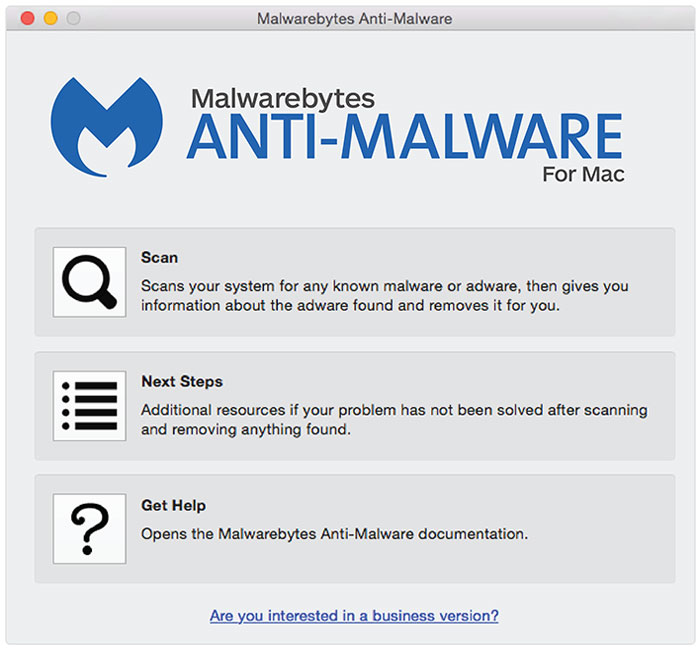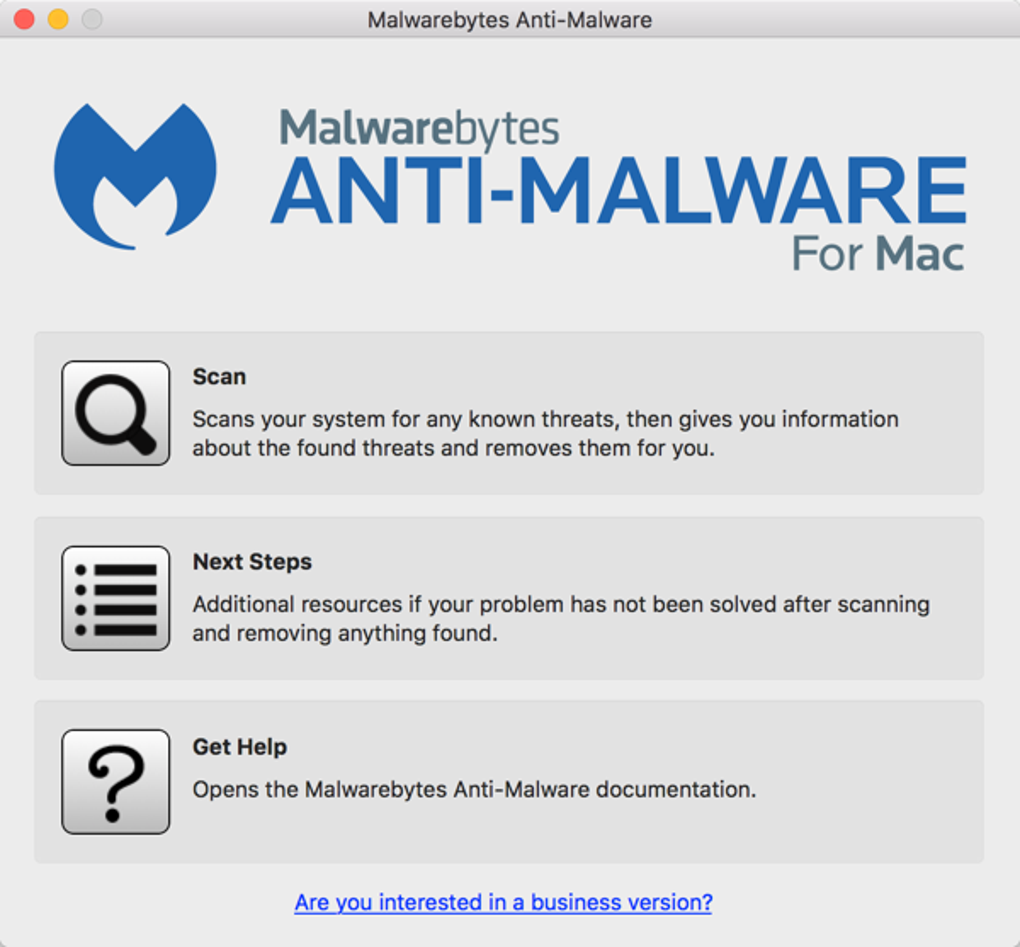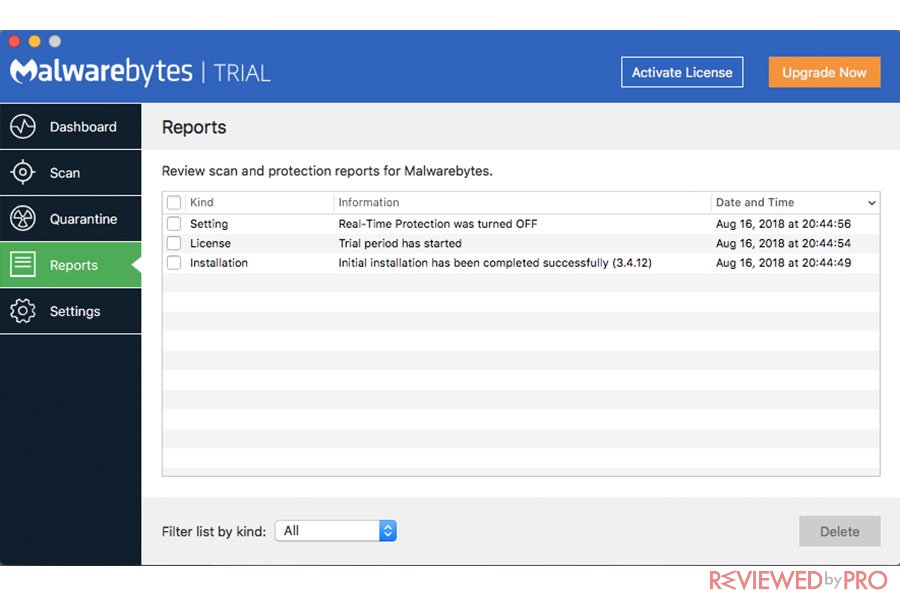

- #Malwarebytes for mac email how to#
- #Malwarebytes for mac email full#
- #Malwarebytes for mac email software#
- #Malwarebytes for mac email code#
#Malwarebytes for mac email how to#
Disclosure can help people who are under active attack to discover the problem, and can help people who are not yet under attack learn how to prevent an attack. Of course, this must be balanced against the risk of existing attacks that are going undetected. Release of this kind of information before a fix is available can lead to increased danger to users, as hackers who learn that a vulnerability exists can find it for themselves.
#Malwarebytes for mac email software#
It is common practice as part of “responsible disclosure” to avoid public mention of a major vulnerability until after it has been fixed, or until sufficient time has passed that it is believed the software or hardware vendor does not intend to fix the vulnerability in a timely fashion. The average person will not be at significant risk from this kind of attack. You could also be at risk if you are an important business person, such as a CEO or CFO at a major corporation, or hold an important role in the government. Similarly, if you are a journalist covering such news, you may be a target. If you are, for example, a human rights advocate working against a repressive regime, or a member of an oppressed minority in such a country, you may be a target. This means that you’re unlikely to be infected unless some hostile government or other powerful group is interested in spying on you. In other words, someone would have to be willing to risk burning a zero-day vulnerability, worth potentially a million dollars or more, to infect your phone. This means that if you have version 13.4.1, it would require a publicly unknown vulnerability, which would for the most part restrict such an attack to a nation-state-level adversary.
#Malwarebytes for mac email full#
In order to achieve a full device compromise, the attacker would need to have another vulnerability. While this isn’t exactly comforting, it falls far short of compromising the entire device. Presumably the attacker would also be able to conduct other normal Mail operations, such as sending messages from your email address, although this was not mentioned. Using those vulnerabilities, an attacker would be able to capture your email messages, as well as modify and delete messages.

The vulnerabilities revealed by ZecOps only allow an attack of the Mail app itself. How is there good news here?!įortunately, there is. This is an attack that can be carried out by any threat actor who has your email address, on the latest version of iOS, and the infection happens in the background without requiring action from the user. Once an attack is successful, the attacker would presumably use access to the Mail app to delete these messages, so the user may never see them. The messages-shown in the image above from the ZecOps blog-may be visible for a limited time. In some cases, evidence of a failed attack may be present in the form of messages that have no content and cannot be displayed.

In the case of infection on iOS 13, there would be no significant sign of infection, other than temporary slowness of the Mail app. On iOS 13, the situation is worse, as the attack can be carried out against the maild process in the background, without requiring any user interaction (ie, it is a “zero-click vulnerability”). It would not require tapping a link or any other content within the message. On iOS 12, the attack requires nothing more than viewing a malicious email message in the Mail app. (ZecOps writes that it may work on even older versions of iOS, but they did not test that.) The vulnerabilities disclosed by ZecOps would allow an attacker to use such a buffer overflow to attack an iOS device remotely, on devices running iOS 6 through iOS 13.4.1.

#Malwarebytes for mac email code#
Essentially, the attacker writes garbage data that fills up the memory, then writes code that overwrites existing code in adjoining memory, which later gets executed by the vulnerable process. A buffer overflow is a bug in code that allows an attack to happen if the threat actor is able to fill a block of memory beyond its capacity. The way the attack works is that the threat actor sends an email message designed to cause a buffer overflow in Mail (or maild). Most concerning, though, is the fact that even the most current version of iOS, 13.4.1, is vulnerable. These vulnerabilities would allow an attacker to execute arbitrary code in the Mail app or the maild process that assists the Mail app behind the scenes. On Monday, ZecOps released a report about a couple concerning vulnerabilities with the Mail app in iOS.


 0 kommentar(er)
0 kommentar(er)
